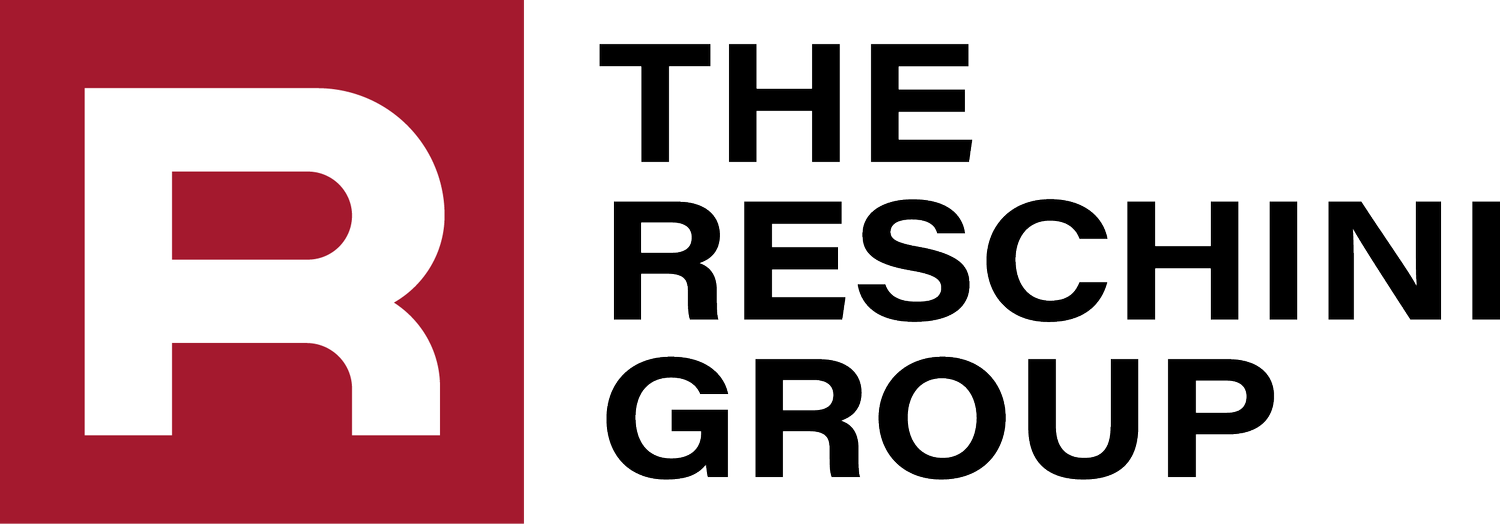Benefits Blog: Five Ways to Save on Healthcare Costs

It’s no secret that healthcare expenses have been on a steady, and costly, climb for the past two decades. Price hikes of 6.5 percent are projected in 2022, with the ongoing COVID-19 pandemic playing a significant role in those increases. This fact of financial life means employers must think both strategically and creatively about how to lower their health benefits expenses in 2022. Here are five ways to help achieve savings:
- Control Drug Spending - Drug prices rise faster than any other medical service or commodity, with costs now 33 percent higher than in 2014, according to GoodRx. Employers can educate employees on the price differences between name-brand and generic medications, and encourage using generics to save money while still receiving the same quality treatment.
- Encourage Active Benefits Participation – This includes encouraging employees to improve their health literacy, research treatments, and price shop. By seeing specific prices for procedures and other services, employees can educate themselves before making costly health decisions.
- Offer Savings Accounts with Carryovers - Health savings accounts (HSAs), flexible savings accounts (FSAs), and other tax-advantaged savings account options empower employees to control their own spending and improve their health literacy. Many accounts allow for fund carryover year to year, encouraging more contributions. Since many employers match contributions up to a limit, more money added to these accounts means greater tax savings for everyone.
- Embrace Virtual Health Options - A major takeaway from the pandemic has been the expansion of telehealth services, allowing individuals to connect with health professionals quickly, safely, and less expensively. Employers adding telehealth services into their plan expand access to care and lower expenses for everyone.
- Consider Plan Funding Alternatives - A more drastic option for reducing health costs is restructuring how plans are funded. For instance, a self-funded plan may be more cost- effective than paying a monthly premium for a fully insured plan. Other options include level-funding or reference-based pricing models, each of which carries its own set of administrative rules and legal constraints. Funding decisions should not be taken lightly and should be based on several factors, such as size of an organization, risk tolerance, and financial stability, including employees' ability to take on large premium increases.
Selecting the best methods to contain healthcare costs depends on each organization’s unique capabilities. The Benefits Team at The Reschini Group can help sort out the right option for your particular situation. Contact us today to get a conversation started.Resources:Benefits Insights: Preventive CareBenefits Insights: Flexible Spending Accounts (FSA)Know Your Benefits: Strategies for Saving on Prescription Drugs
Copyright 2022 The Reschini GroupThe Reschini Group provides these updates for information only, and does not provide legal advice. To make decisions regarding insurance matters, please consult directly with a licensed insurance professional or firm.
